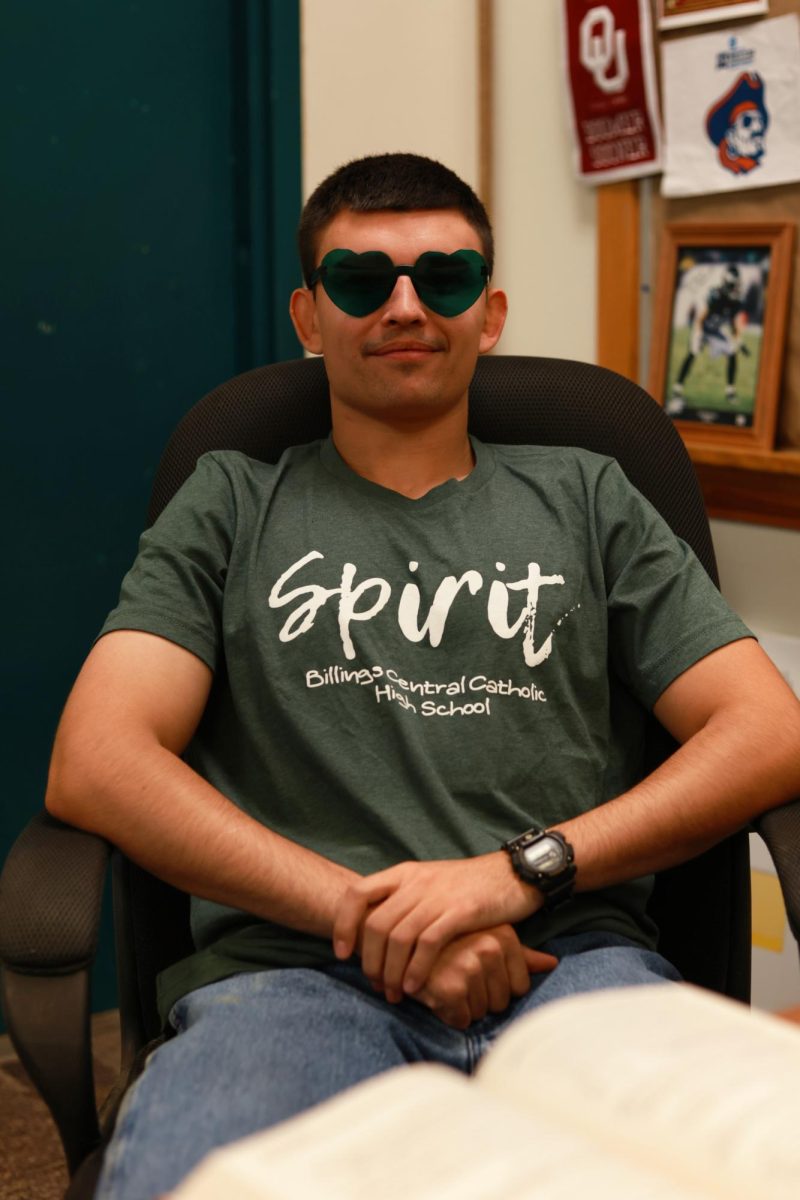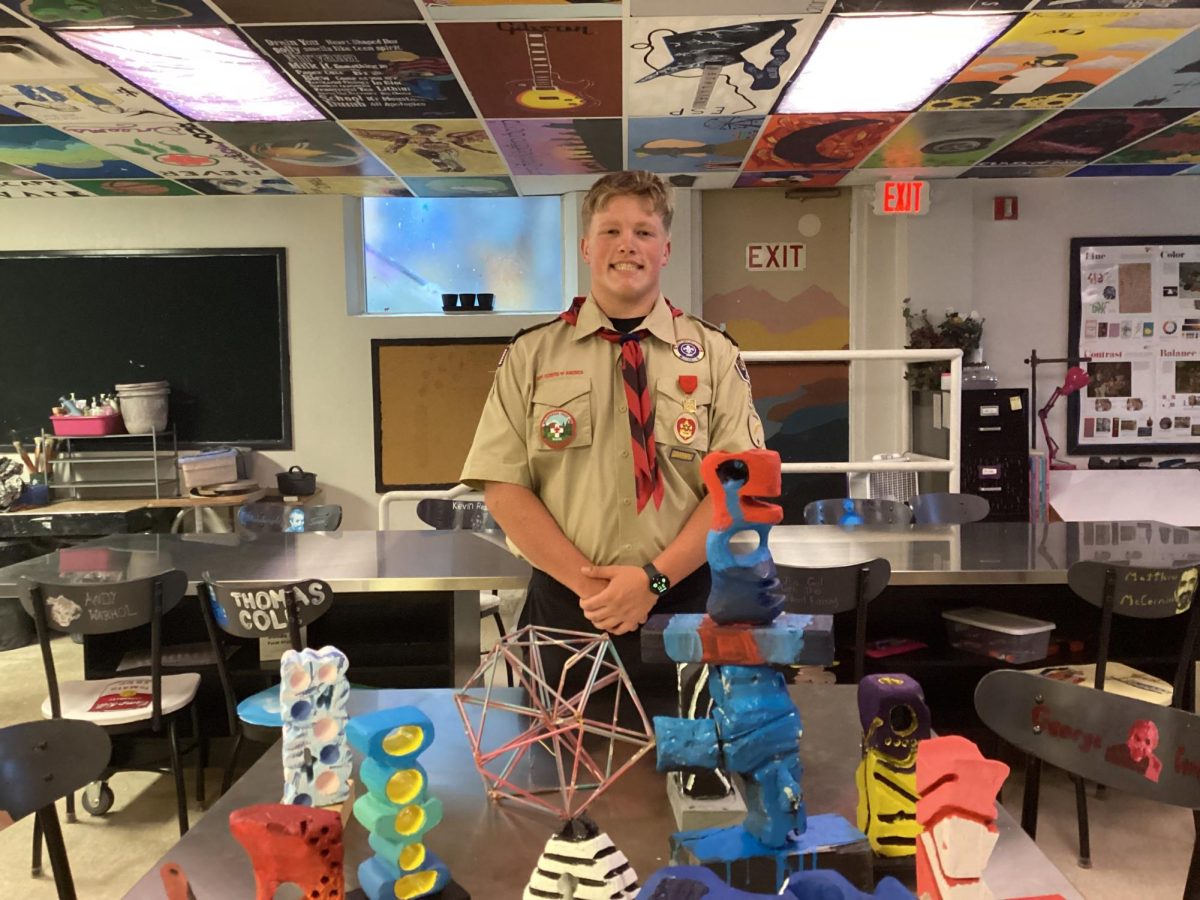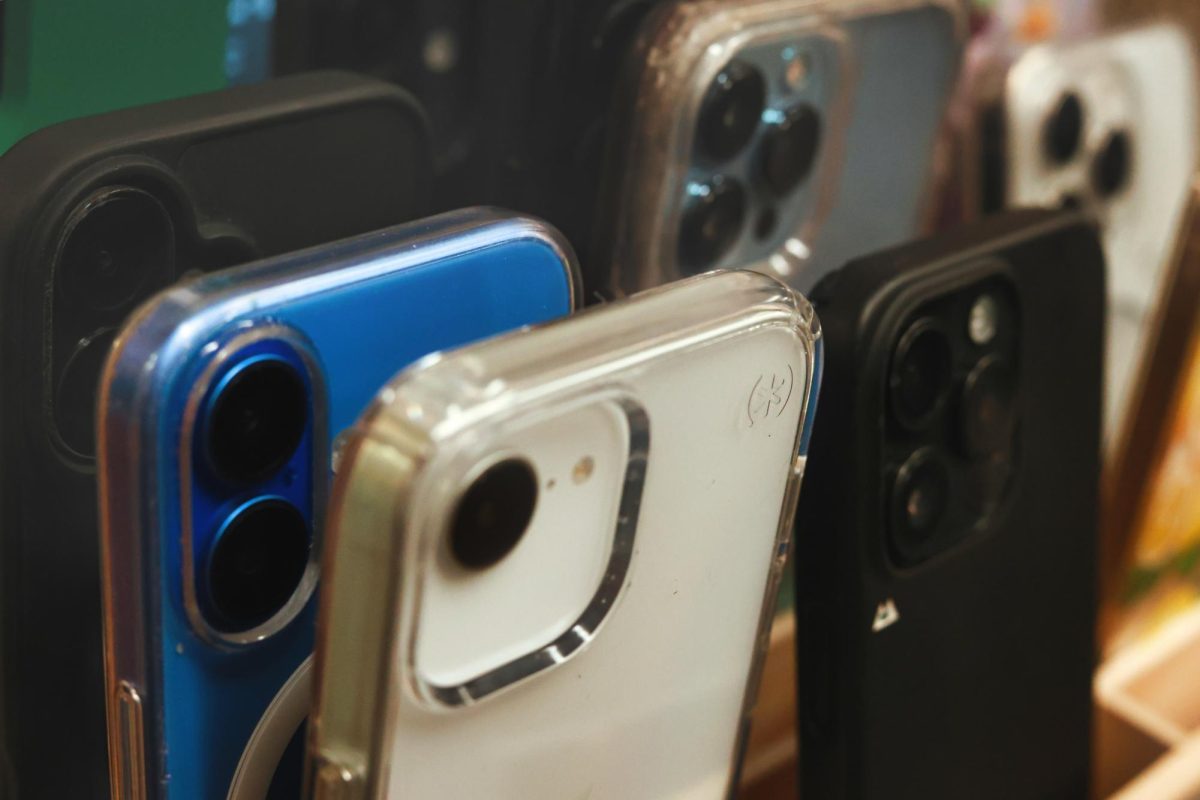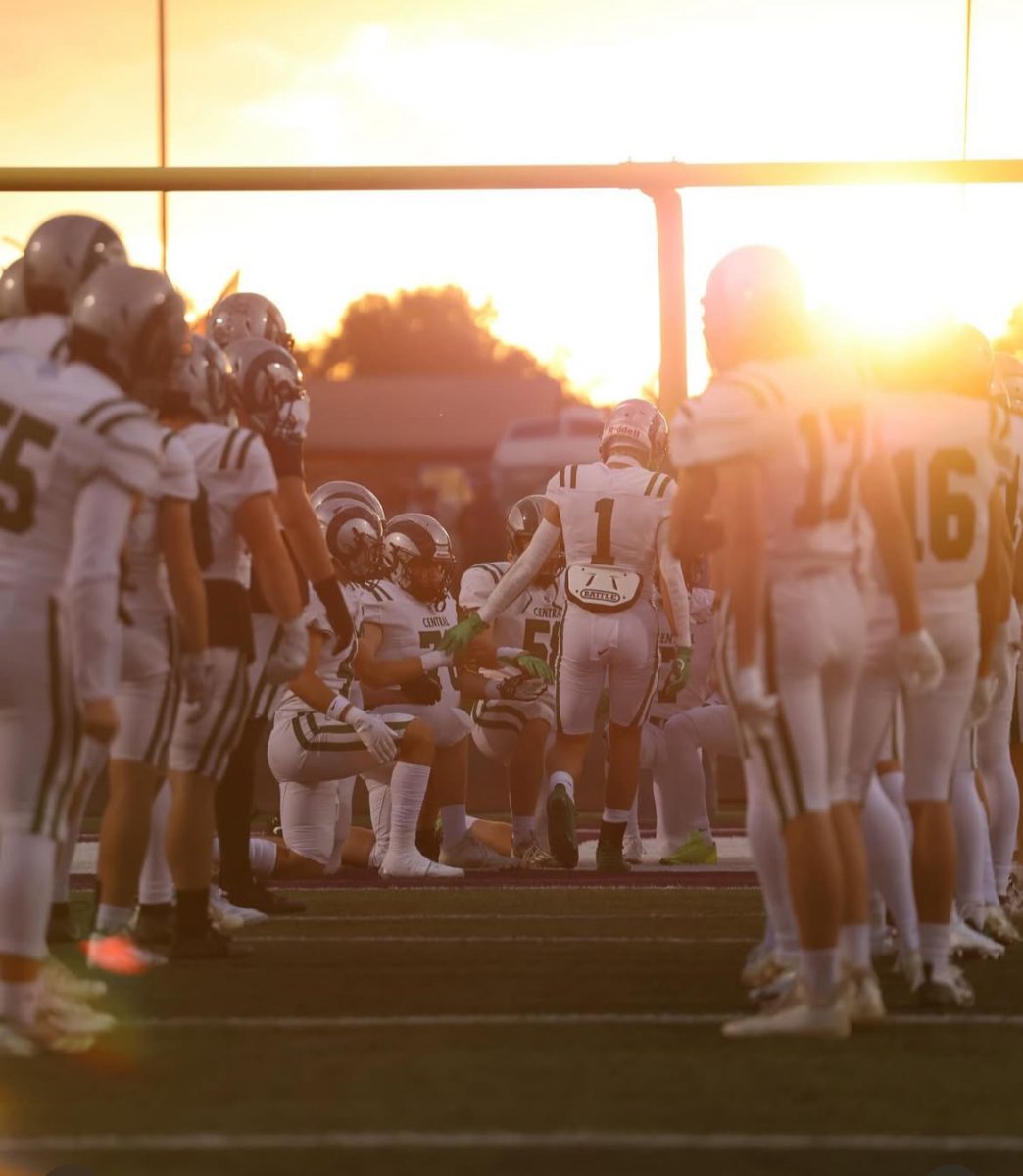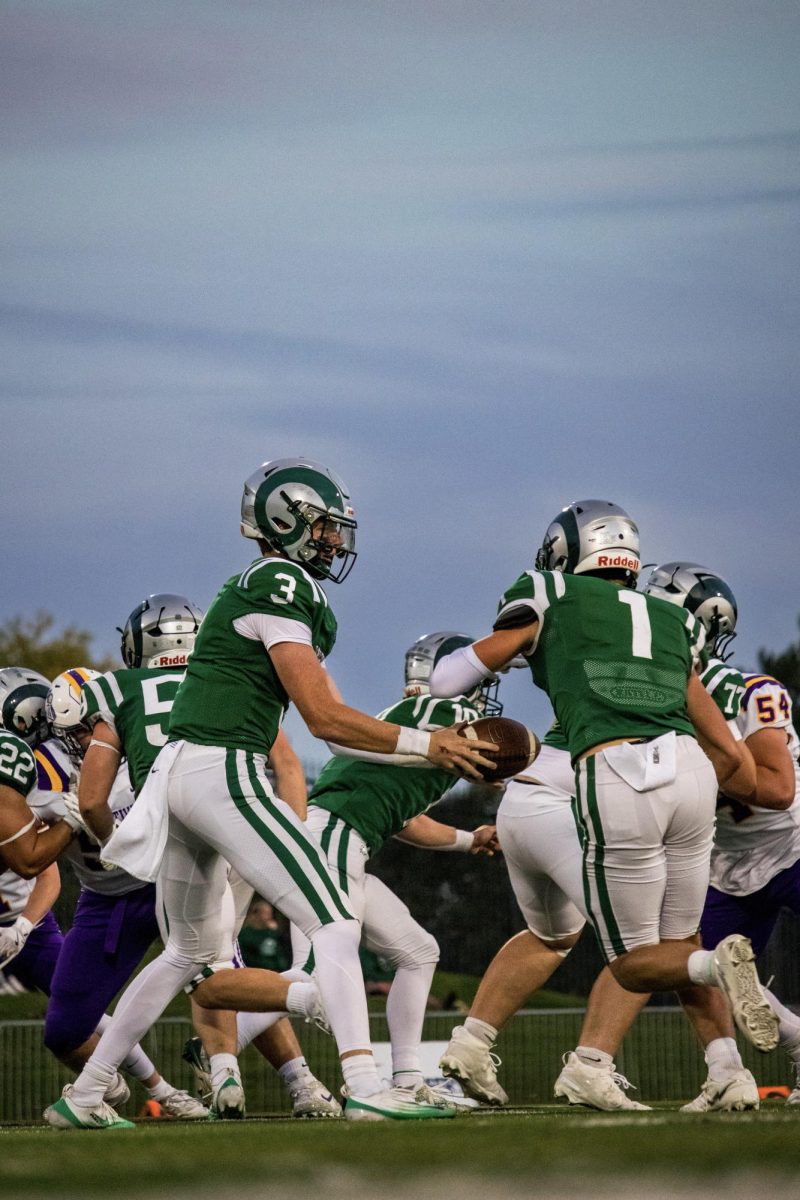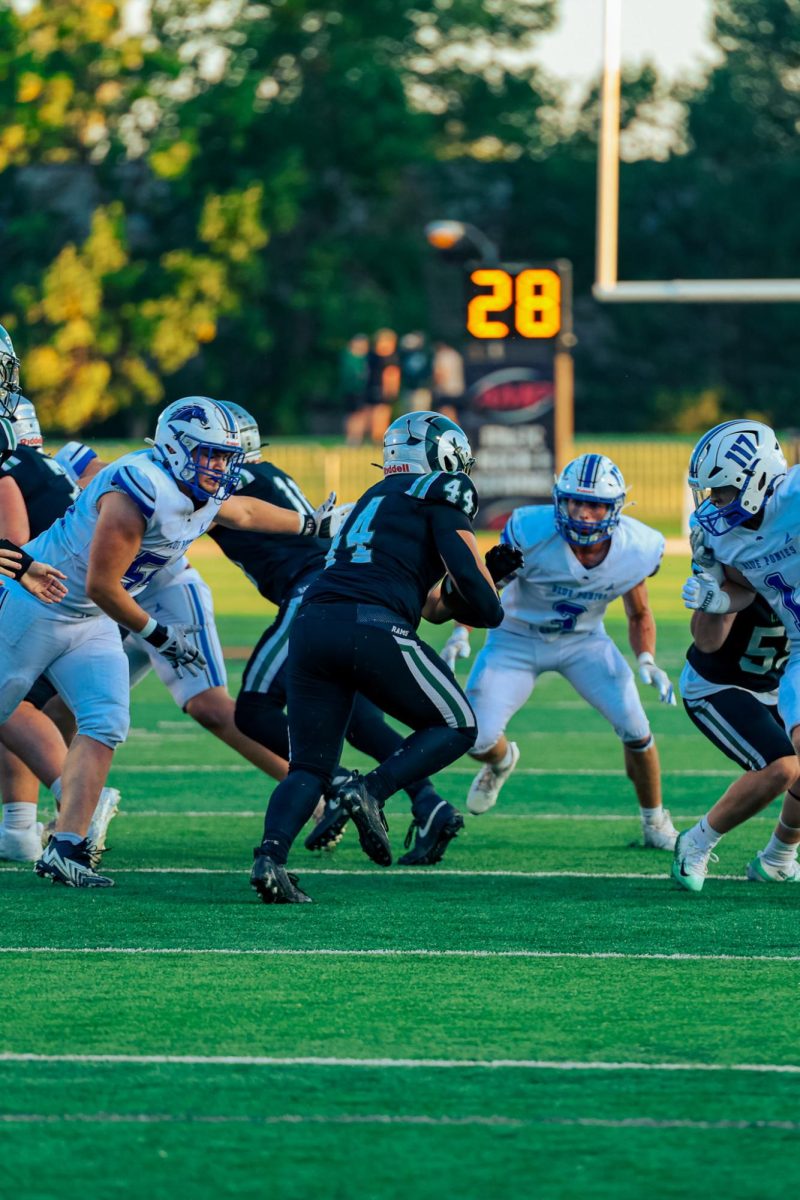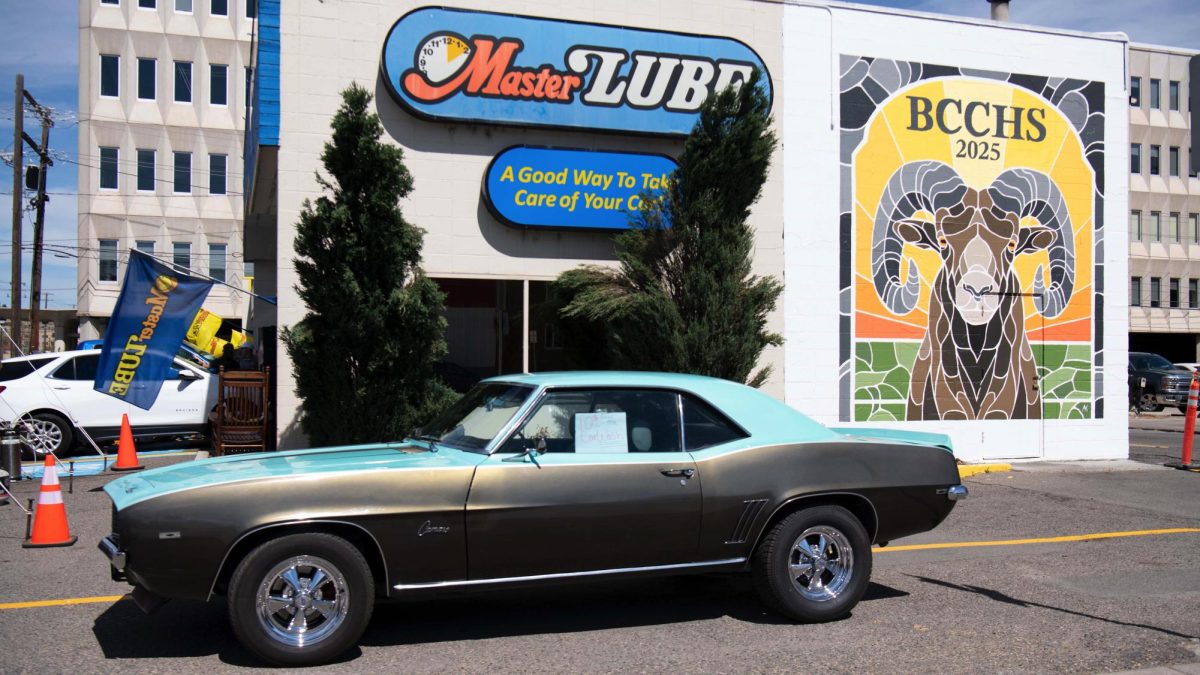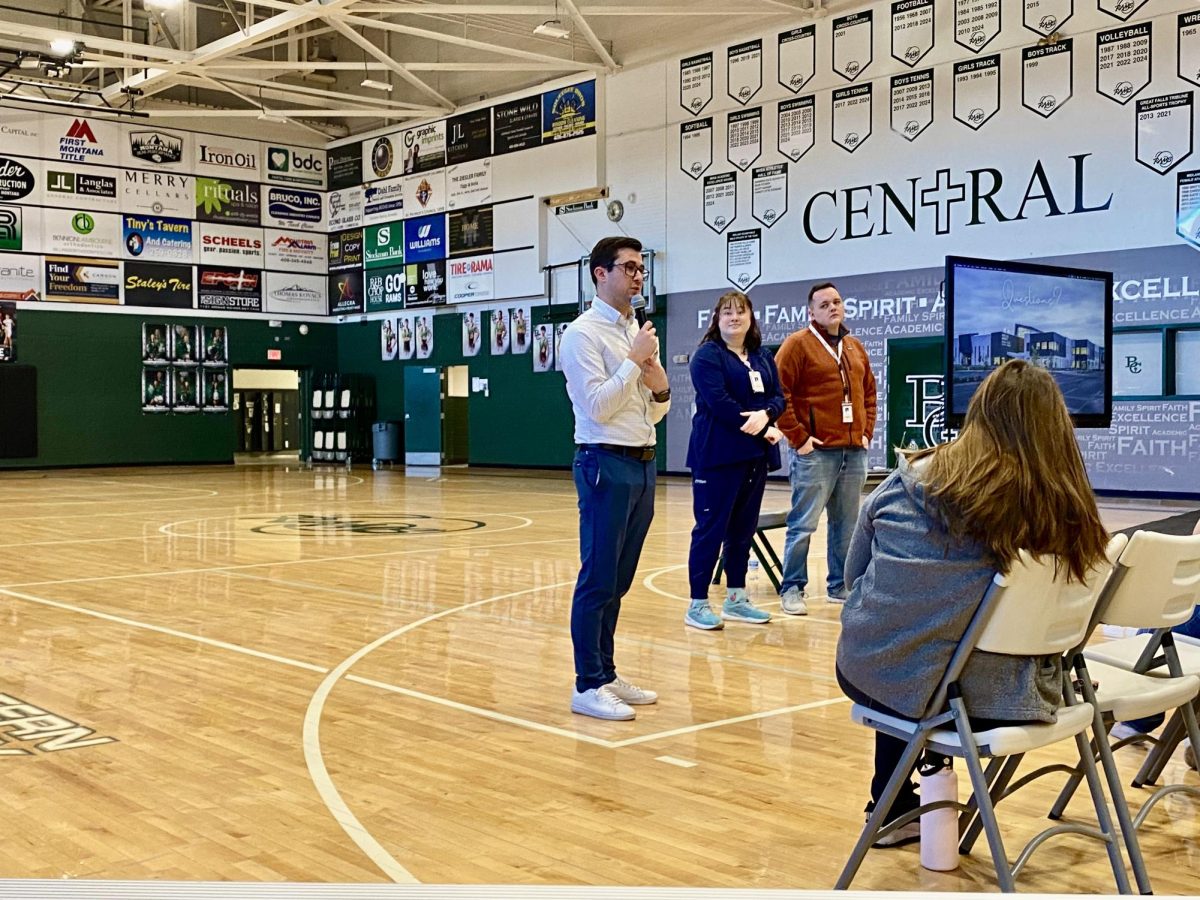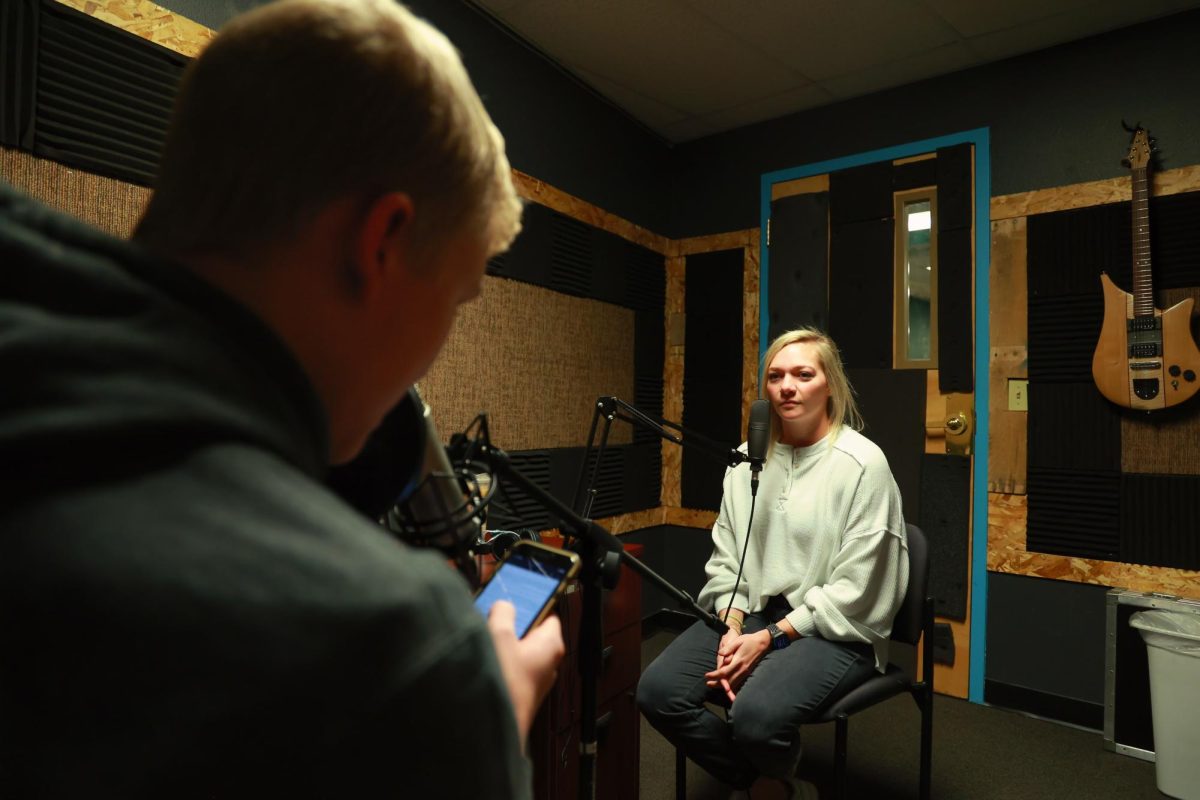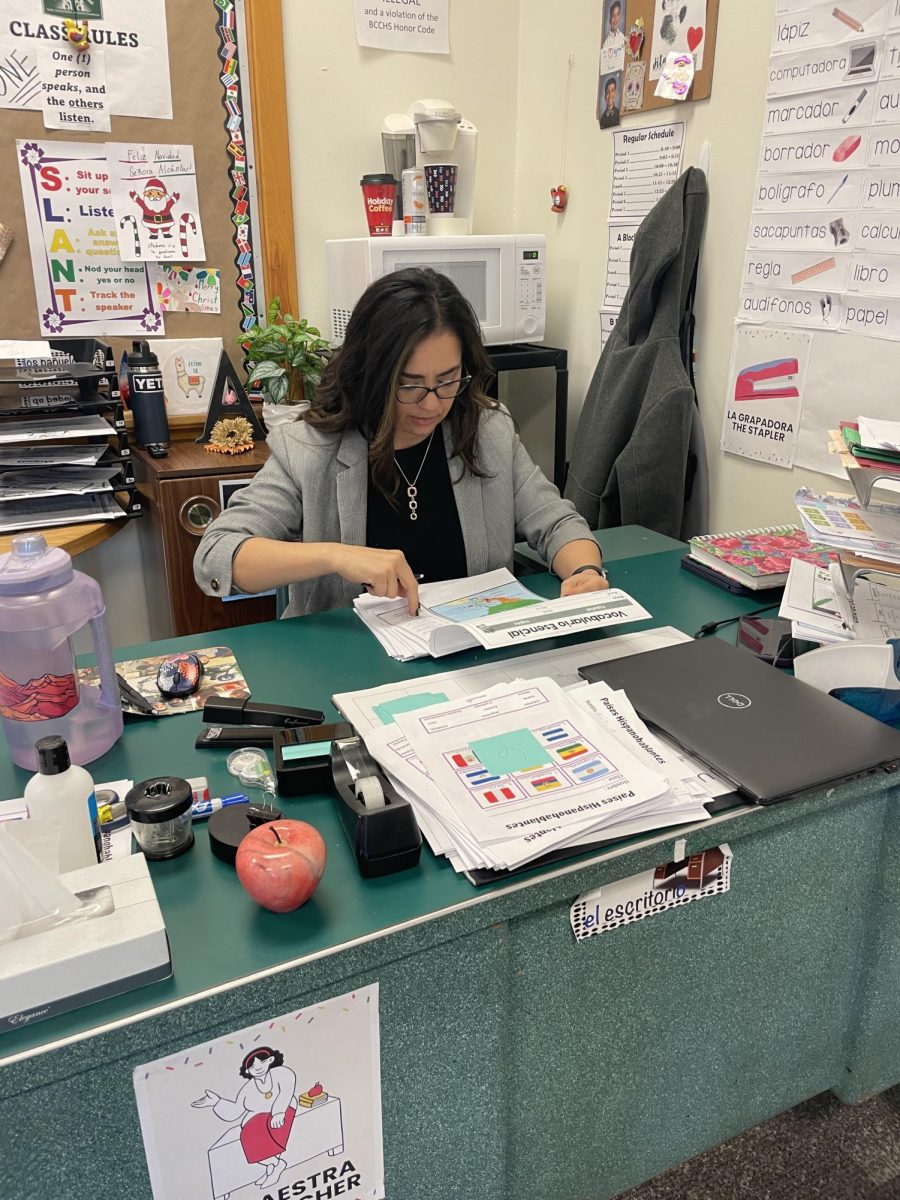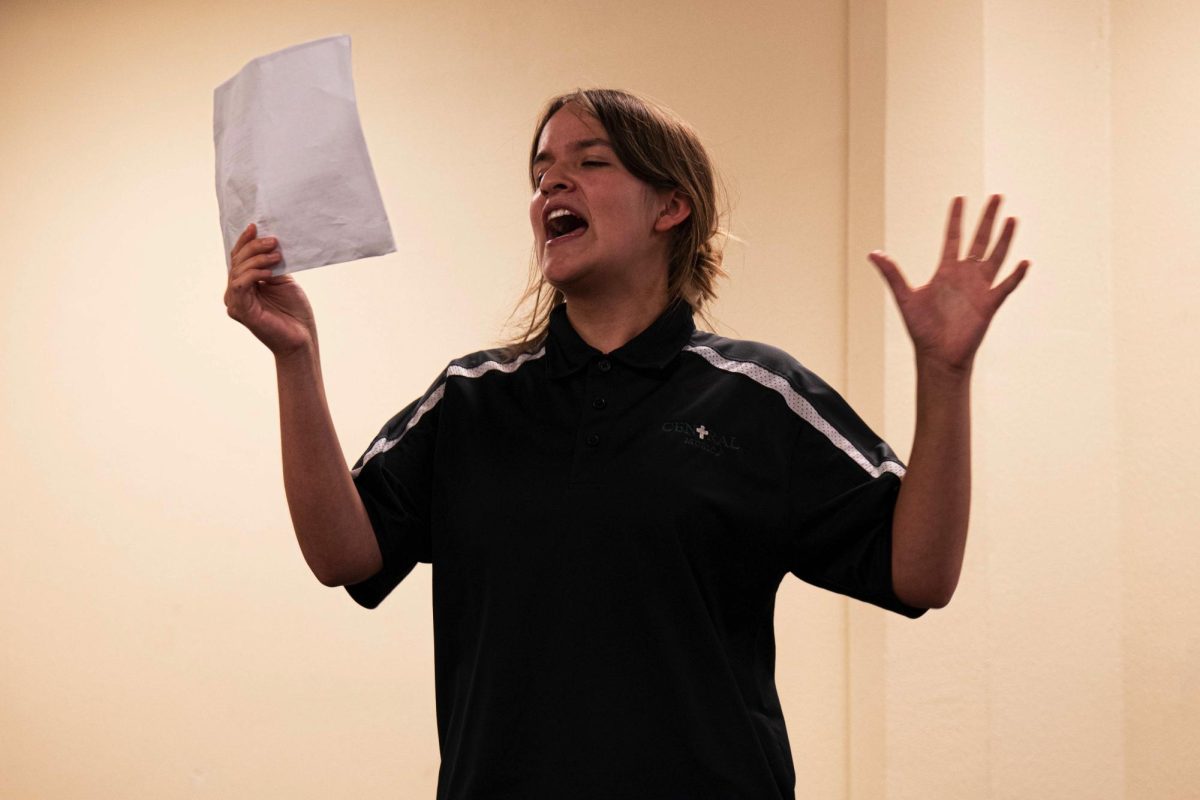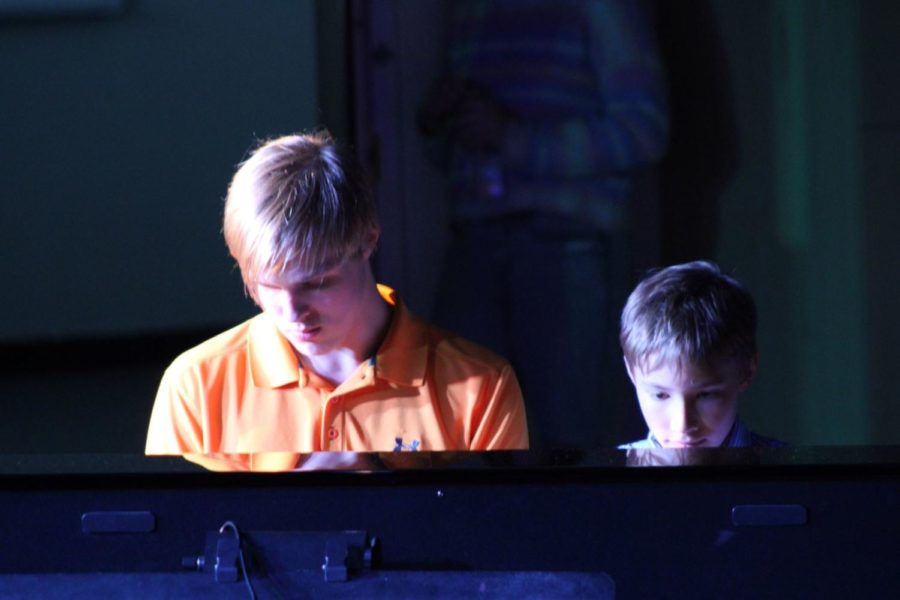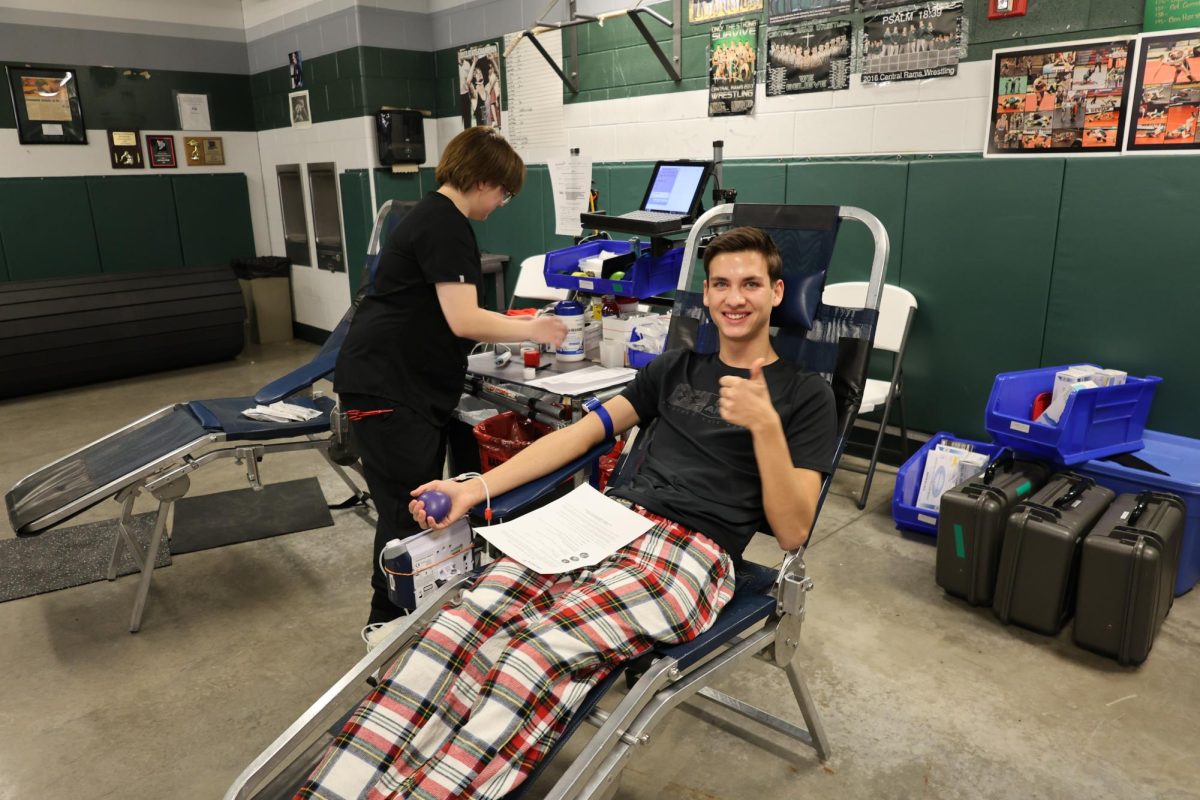On Wednesday, December 20th, the last day before Christmas break, BCCHS put on its second blood drive in two years. The blood drive was put on by two student organizations at Central: HOSA Future Health Professionals and student council. After a very successful drive last spring, these clubs partnered with Vitalant once again to give students the opportunity to donate blood or volunteer to operate the check-in station. 18 donors gave blood over the day. Students over the age of 16 were able to sign up for the drive. After being checked in and filling out a list of questions, the donors were taken into a booth to have various vitals checked, such as their levels of iron. If everything looked good, students were then prepped for blood drawing. The actual process of getting their blood drawn took each donor around 10 minutes, and the donors were asked to stay for the next 15 minutes to make sure they were feeling alright. Several sweet and salty snacks and drinks were offered to these donors after their donation. Many students stated that they felt completely fine after donating, but not every student’s donation experience was easy. Senior Mathew Raw said, “I didn’t mind it, but, once I tried to swim at practice, it didn’t go so well.”
Many students who donate may wonder how their blood gets to the patient. According to Vitalant, during the medical screening, the donor is assigned a donation number in Vitalant’s computer system. The donation is labeled with that number and placed in a transport container with ice until it can be taken to a processing center. Whole blood, the typical donation, is spun in centrifuges. These centrifuges separate the blood into its transferable parts. Once they have gone through processing, the parts of the blood donation officially become individual units: red blood cells, plasma, and platelets. Each unit is stored in the appropriate conditions: red blood cells in the refrigerator, plasma in the freezer, and platelets at room temperature. Platelets are placed in incubators where they are constantly agitated so clumps do not form. In the meantime, blood samples are sent to a lab. There, the blood is tested for blood type and more than a dozen infectious diseases. If the blood tests positive for an infectious disease, the donation will be discarded, and the donor will be notified. Test results are sent electronically to the processing center. When Vitalant gets the test results, they label the units with the product name, donation number, and blood type. At the hospitals, doctors determine what kind of transfusion a patient needs. Red blood cells may help someone having surgery, platelets will likely give strength to a cancer patient undergoing chemotherapy, and plasma can help patients with serious burns or severe blood loss.
